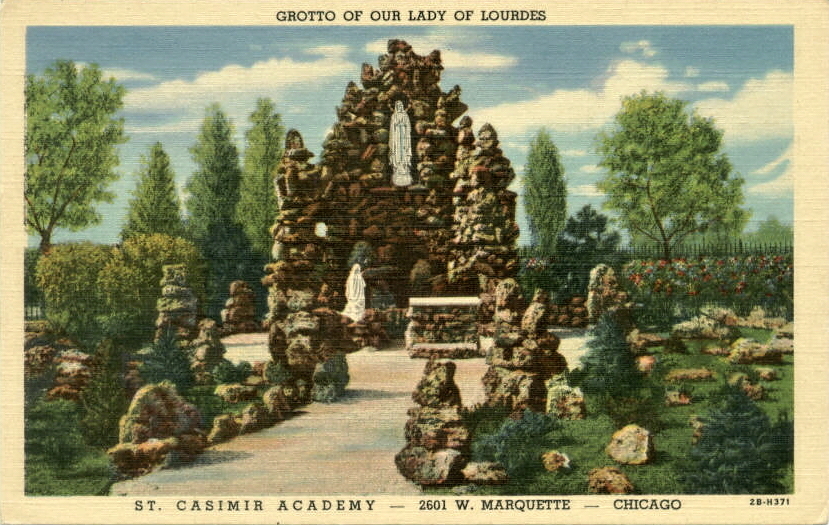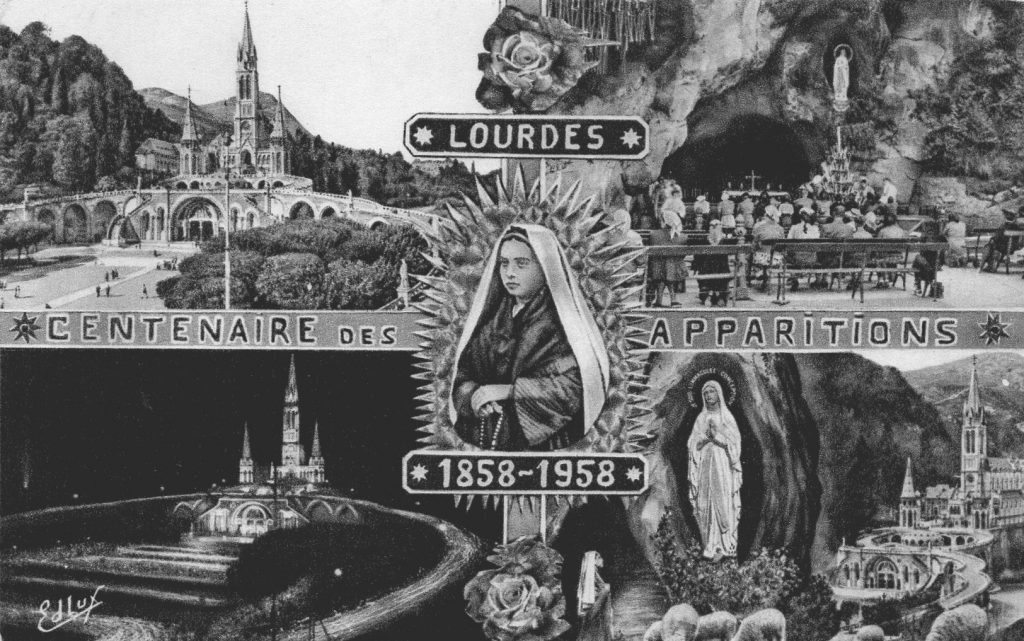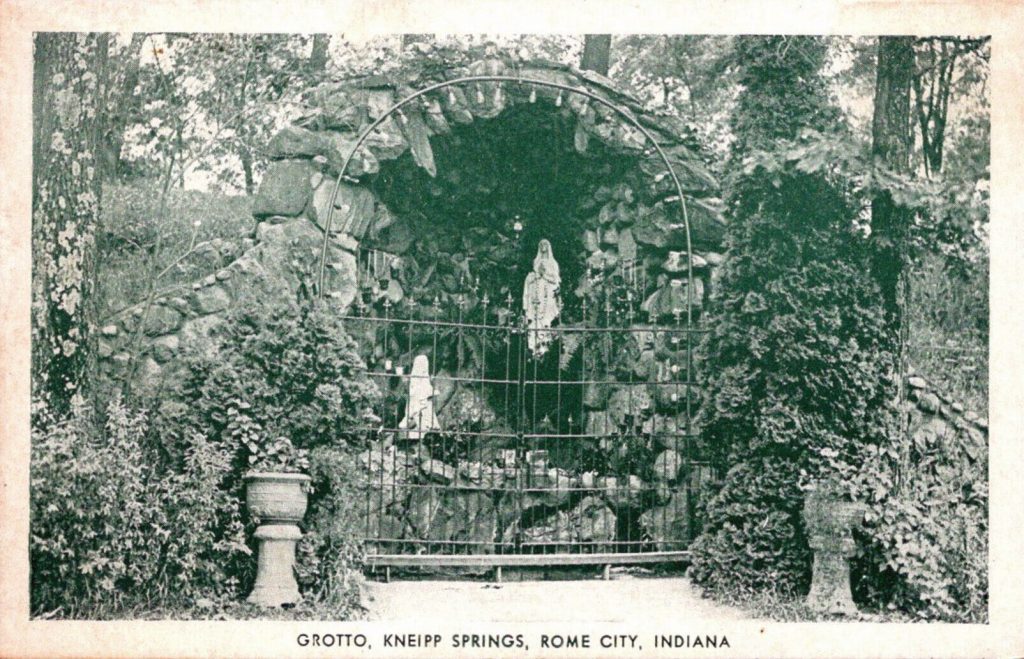About Lourdes Grottos

What is a Lourdes grotto?
A Lourdes grotto replica is a shrine in the form of a rocky structure or cave, inspired by the Massabielle cave near the town of Lourdes, France. In 1858, a young peasant girl named Bernadette Soubirous saw a series of visions of the Virgin Mary at that cave. The cave and the town have become a major pilgrimage site for Catholic faithful, at which many miraculous healings of the sick have occurred in the spring water that began to flow in the cave after Bernadette’s discovery. Around five million people visit Lourdes every year.

Lourdes grotto replicas have been built at numerous Catholic institutions around the world: churches, schools, universities, seminaries, convents, monasteries, orphanages, cemeteries, retreat houses and pilgrimage sites. Many were built in Europe, particularly France, Germany, Belgium, and Ireland, and others are found on every continent due to missionary activity.
Thousands were built in the United States and Canada (but only a few in Mexico, as most Mexican Catholics prefer shrines to their native Our Lady of Guadalupe). Lourdes grotto replicas were built as early as the 1870s and particularly from around 1900 through the mid-1950s, peaking in the 1930s. New grottos are still occasionally constructed today and may be enjoying a resurgence after their nadir in the 1960s through the 1980s.
Lourdes grottos were built in nearly every state and province. They are found most frequently in Illinois, New York, Pennsylvania and Quebec. In the US, they were often built by German Catholic immigrants.
Lourdes grottos were named in a number of variations:
- Grotto of Our Lady of Lourdes is the most usual name
- Shrine of Our Lady of Lourdes is more common in the eastern United States
- Lourdes Grotto, Grotto of Lourdes, Shrine of Lourdes, the less-specific Grotto of Our Lady (see definitions below)
Lourdes Grotto Features
Lourdes grotto replicas often contain the following features:
- Most of them were built as outdoor garden spaces, but some, mostly earlier, grottos were built inside churches
- They are sometimes built to resemble a natural cave, but more often are built of stacked rocks, particularly porous rocks
- They usually contain a niche, often at upper right, which contains a statue of the Virgin Mary
- The statue usually shows Mary’s hands clasped in prayer, not hands spread downward, nor Mary holding the infant Jesus
- They usually include a larger cave opening at ground level, which can contain an altar for religious services. Sometimes if the grotto has only one cave-like opening and no upper niche on the exterior for a Mary statue, the cave will contain the statues of Mary and Bernadette, sheltering both from the weather (see image below)
- There is often a statue of Bernadette kneeling, usually at lower left. The oldest Lourdes grotto replicas mostly did not include a Bernadette statue when they were built, because the original cave in France does not have one. But these became common after the turn of the 20th century, and were frequently added later to older grottos.
- Sometimes a water feature is included, with water flowing into a pool. If water flowed directly down the rocks, this sometimes caused damage over time to the structure, and was often shut off later to preserve the grotto.
- Benches and/or kneeling benches are often included to enable religious services and private devotions

There are many grottos and shrines of Our Lady that are not specifically Lourdes grottos (shrines of Our Lady of Fatima, Our Lady of Guadalupe, Our Lady of Knock, etc.). But sometimes it is not clear if a grotto was intended to be a Lourdes grotto. I will include a grotto in my research if it meets one of these criteria:
- The grotto name (appearing on postcards, website, news articles, etc.) includes the name Lourdes. If the builders of the grotto intended it to be a Lourdes grotto replica, I will include it even if it differs from the usual appearance or features of Lourdes grottos
- If a Bernadette statue is included, it is most likely a Lourdes grotto, even if it’s not named such (like in the Kneipp Springs grotto, above)
- If it is simply called a Grotto, or Grotto of Our Lady, and the Mary statue has hands clasped in prayer (not downward facing), it was likely inspired by other Lourdes grottos
- I will occasionally include especially lovely grottos with exceptionally beautiful rockwork or design, even if it’s not clear that it was intended to be a Lourdes grotto (just because it’s beautiful)